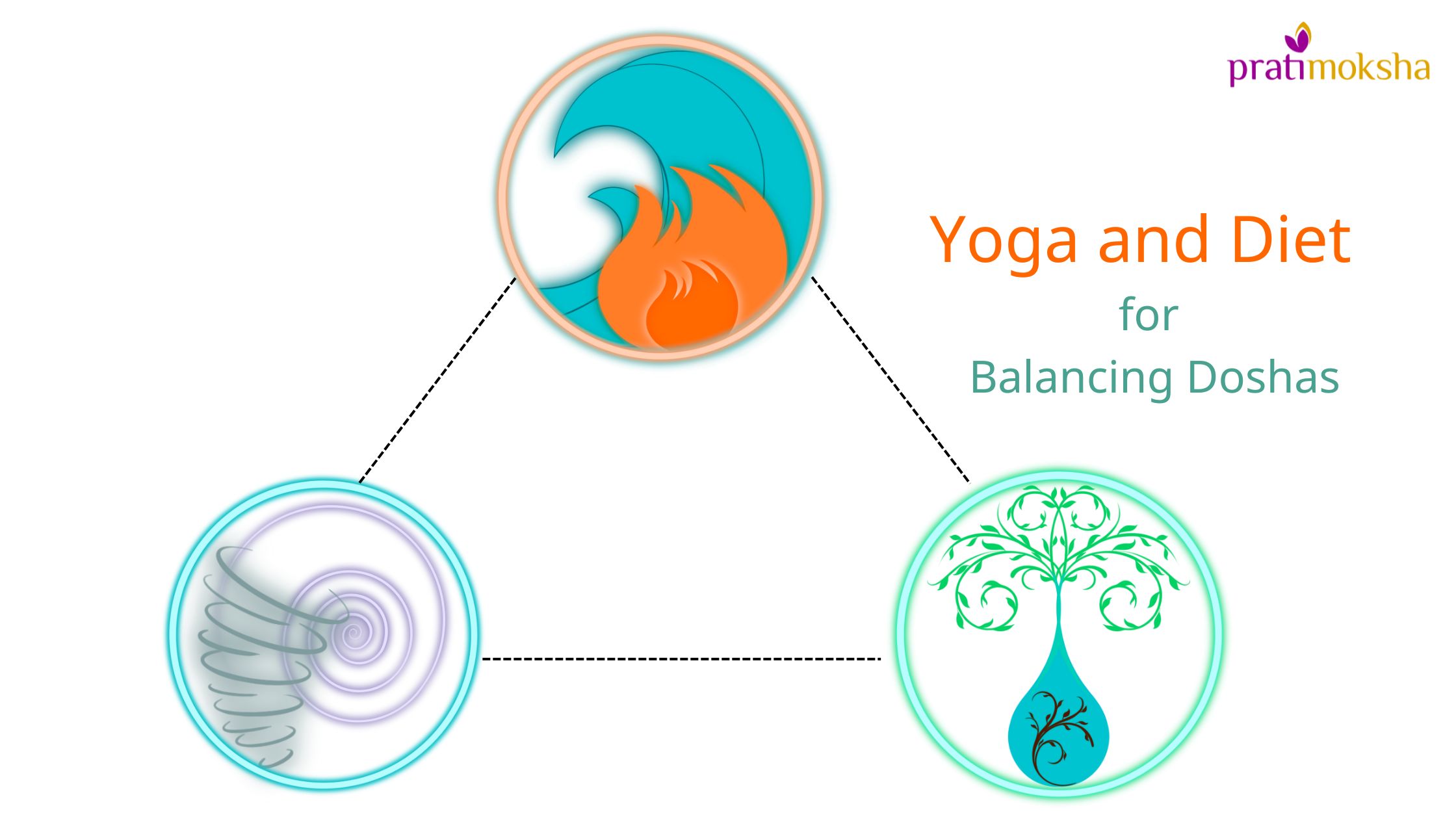The wisdom and philosophy of Yoga is largely based on ancient Indian sage Patanjali’s Yoga Sutras. This text (see our previous blog https://www.pratimoksha.org/patanjalis-yoga-sutra/) is believed to have been composed between BC1 and 1AD. It is divided into 4 segments or Padas, and each Pada is composed of sutras.
A sutra is quite simply a thread. The Yoga Sutras are not chunks of text, but more a list of aphorisms that pack in so many layers of meaning.
The Yoga Sutras consist of 196 sutras.
A yogi can take one sutra and reflect on it for days. It could be his or her mantra during meditation. They might want to memorise the line, and in time move on to the next sutra.
The sutras — all 196 of them — are strung together, building upon each other, until together they make up a treasure trove of knowledge.
The Samadhi Pada
The first Pada is the Samadhi Pada.
As our post highlights — ‘sama’ refers to an even state of mind, while ‘dhi’ refers to intellect.
The Samadhi Padha describes the various dimensions of our mental faculties and the afflictions that cause changes in our mental state. A Yogi’s life work is to recognise all that’s causing his/her mind to waver, all those thoughts and feelings that disturb the balance he or she is striving for.
Yogas Chitta Vritti Nirodha
This is possibly the most well-known sutra from Patanjali’s Yoga Sutras. It explains the aim of Yoga. It is the second sutra of the Samadhi Pada, and roughly translates to ‘Yoga is the cessation of all that sways/influences the mind’.
Chitta refers to the mind, consisting of the conscious, unconscious and sub-conscious mind.
Vritti refers to that which impacts and modifies the mind — thoughts, emotions, feelings, imaginings, memories — just about everything that preoccupies the mind.
Nirodha translates to cessation.
Put it altogether and ‘Yogas Chitta Vritti Nirodha’ means ‘Yoga is the cessation of all that sways/influences the mind’. If we can achieve this we will enter into a state of tranquility.
It’s remarkable that every person on this planet has a very private internal world of his or her own. It’s that of the mind. And the mind is always busy. Unless we learn to discipline our mind, it will constantly jump from one thought to another, one emotion to the next.
So what is it that the mind dwells on?
The Vrittis are 5 in number.
- Pramana — True knowledge. This is based on individual and collective experience and information and is largely considered true.
- Viparyaya — Misconceptions. Many a time, our views and opinions are subjective and colour the way we see the world, leading to us mis-judging people and situations.
- Vikalpa — Imagination. All that we dream and visualize in our minds.
- Nidra — Sleep. The mind is unconscious and seemingly at rest in this state.
- Smriti — Memories. The imprint of all that one has experienced, which is now filed away in the mind.
Through Yogic practices, we are trying to still the mind by learning to focus either on a single focal point (during Asana practice) or on our breath (during Pranayama practice), or on a single thought or chant (during meditation). In this way we resist the constant fluctuations of the mind, slowing it down and teaching it to focus.
By mastering our thoughts, we can focus on the task before us with concentration, clarity and speed.




0 Comments